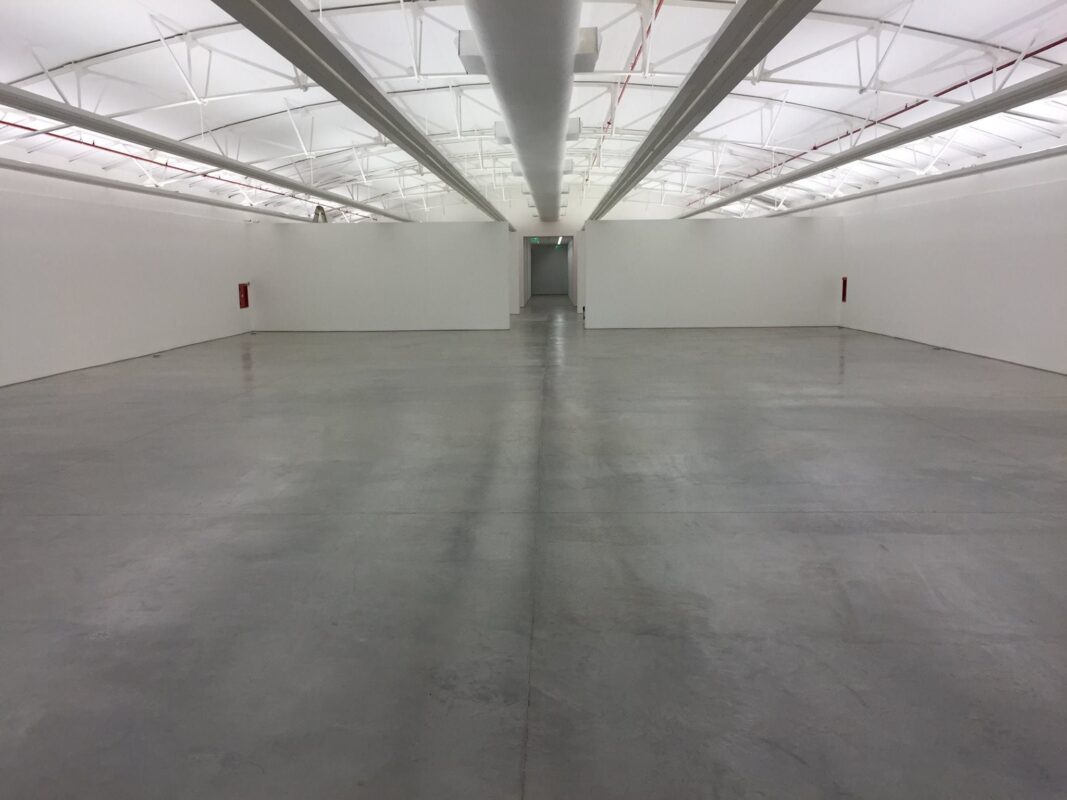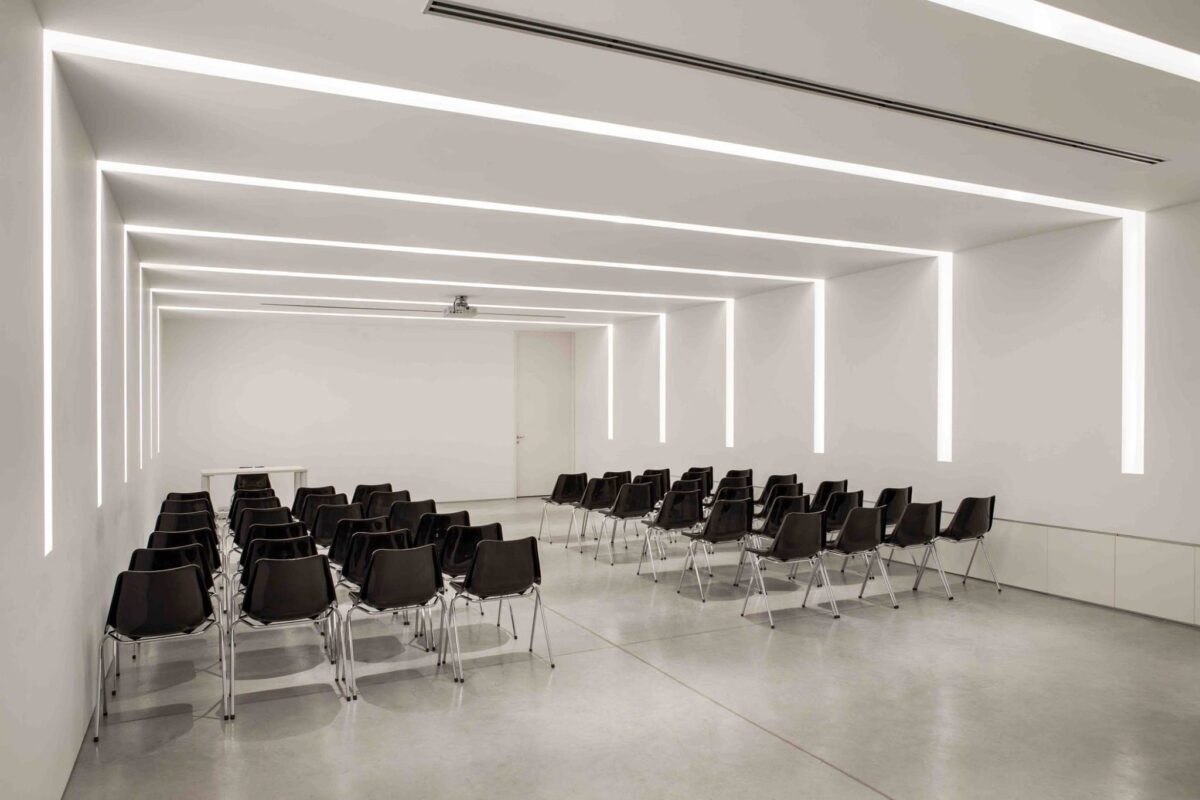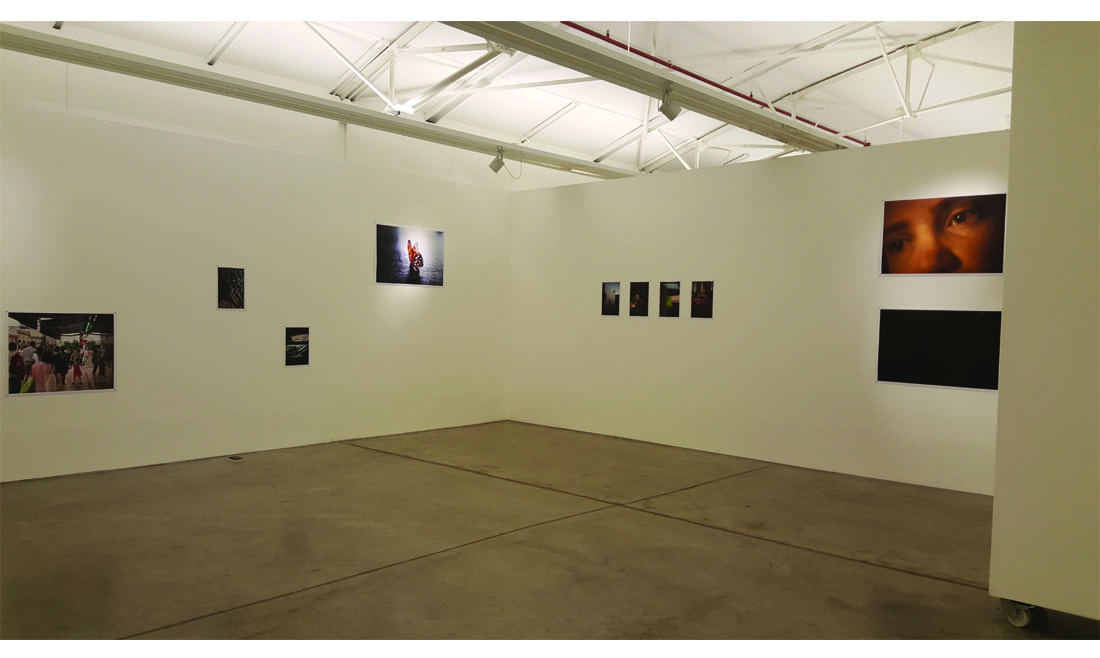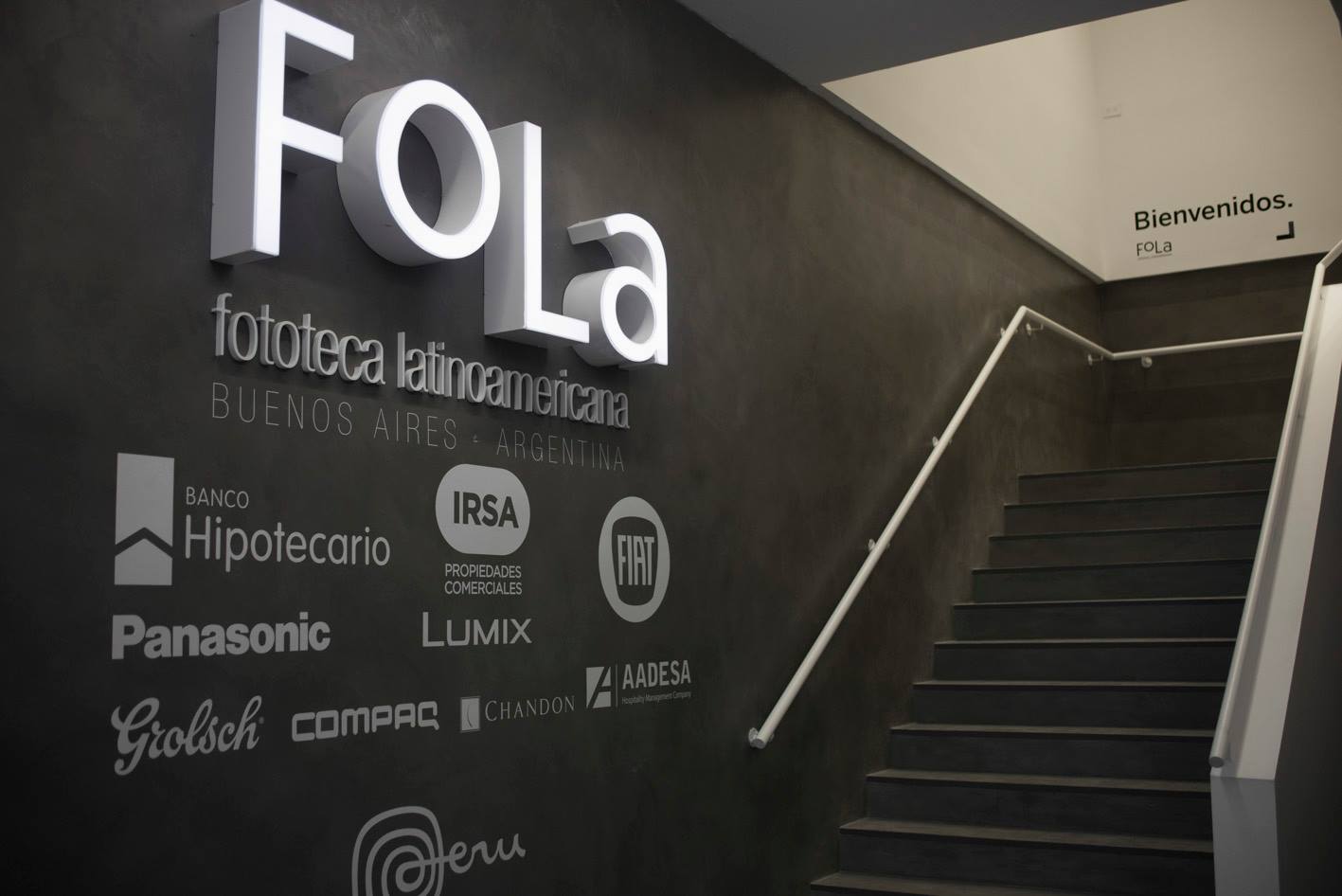Since October of 2015, Buenos Aires City has a space dedicated to the exhibition, reflection, and dialogue regarding contemporary Latin American photography. Fototeca Latinoamericana (FoLa) organises shows, workshops, lectures, an annual forum, and other programmes related to the subject.
FoLa counts a collection of over 200 photographs taken by artists from 12 different countries of the region: Vik Muniz, Doris Salcedo, Carlos Garaicoa, Luis González Palma, Priscilla Monje, Alexander Apóstol, Roberto Huarcaya, Marcos López y Adriana Lestido, amongst others. The anthology belongs to Gastón Deleau, founder and director of FoLa, and is at the disposal of the institution to be displayed alternately with the temporary exhibitions.
As declared on its website, FoLa promotes photographic exhibits structured according to thematic focuses and a curatorial storytelling. The institution works as a window for both renowned and emerging artists. Its mission is “to be a meeting point for a diverse public, motivating reflection and dialogue on the Latin American outlook of the field”.
FoLa has its headquarters in the neighbourhood of Palermo, one of the busiest points of the city. Moreover, it is set within Distrito Arcos, a commercial, gastronomic, and cultural complex with outdoor common areas. This attractive plaza is located in the old buildings of what used to be a railway site.
The reception and store with a wooden facing welcome you into the photographic gallery. The dominant minimalistic aesthetic is clearly a sign that the space delegates prominence to the objects and art pieces on display. Almost without realising, you step into the connected exhibit rooms, where the building reveals the appearance of its former function as storehouse. The exhibitions are housed in a spacious and luminous white area with mobile panels that generate different configurations according to the particular occasion and its needs. As an interesting feature, you can also visit virtually some of FoLa’s past and present exhibitions.
At one side of the smaller gallery room, an auditorium is used as a multi-functional room. It is dedicated to holding debates, dialogues, lectures, workshops, films, and video series (related or not to the exhibitions), as well as to other activities such as book presentations and portfolio reviews. There is a wide range of projects to attract and satisfy the needs of all kinds of audiences: professional and amateur photographers, beginners, or just lovers of this particular branch of art. And in addition to all of this, the institution organises The FoLa Award, a prize to be awarded to the best photography book of the year. Moreover, thirty finalist books will be selected and exhibited during the Clap-FoLa fair event in the upcoming December.
The man behind FoLa
Walking down the final corridor at the back of the gallery you arrive at the private sector, where you will find Gastón Deleau’s office (or as he calls it: the fish tank, since its walls are made of glass). He has a technical degree in advertising and a career related to marketing and art. He has over twenty years of experience in cultural activities productions such as Gallery Night, Buenos Aires Photo, Lima Photo, etc.
Deleau’s private collection of Latin American photographs was a sort of the kick-off for the project that ended up materialising as FoLa. He received us and kindly told us all about the story and the present state of the photographic gallery.
Enlarge
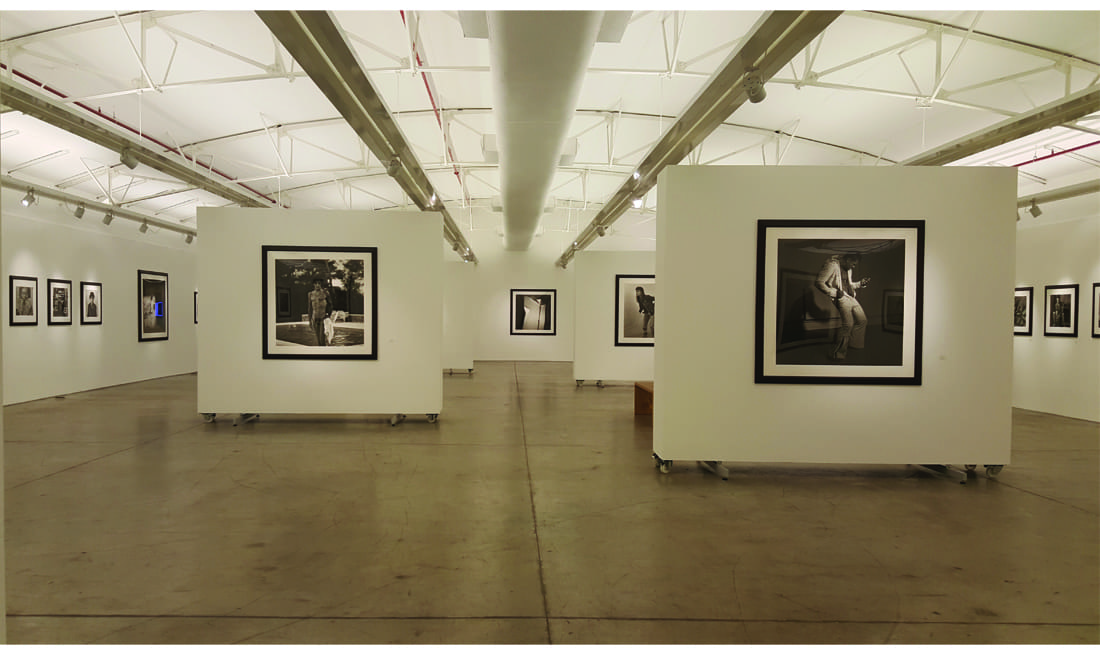
Cinthia Di Ciancia
What was the origin of FoLa?
FoLa was born in a natural and spontaneous manner, after a process of having been working on the art market for almost 30 years up to these days. During the past 15 years, I focused more on photography: I was working at the beginning of Buenos Aires Photo and afterwards, Lima Photo. Those were the “germs” of my interest on photography and thus, a project took shape which involved a sort of collection or stockpiling. In other words, I started to assemble the work of many authors--friends and acquaintances--through gifts, collecting, purchases and exchanges. Every piece appeared out of nowhere to give shape to something in a both natural and personal way. There wasn’t an aim to form an institutional collection, by entirely no means. It was a 100% personal activity.
And how did that activity turn into the gallery?
Then, at a commercial meeting in the context of Buenos Aires Photo, a person asked me the following question: “What is your dream?”. I answered that I hoped to found the first photography museum of the region, or the best one (because I honestly thought that it would take me at least 20 years to achieve it; it wasn’t in my immediate plans). He told me that coincidently IRSA Group, where he worked, could support my idea.
So, he suggested visiting the location of a project in Palermo. He didn’t know either if the two of them were feasible or compatible. Whatever I had in mind was a mere title or idea. It was a casual conversation during a spare time. If he hadn’t come up with the question none of this would have happened and you and I would not be talking right now. I believe that planets align and things are done. I was astonished and it all sounded strange at that moment. When I saw the place I confirmed that it was more than perfect and he proposed to introduce me to the IRSA Group owners. There was a first contact and the rest is history.
What is the purpose of the institution?
Our team tries to manage projects related to photography, trying to do things in a right way. Surely, there must be people who would choose to show other things. It is a subjective task and when a selection is done you are inevitably leaving things out.
There’s a main exhibition room destined to consummate or renowned artists. Apart from that, there are two alternative rooms where we afford a kind of trial-and-error approach: we invite photographers that have a perspective far from the classical photography or who require a special montage or display. For instance, today we have photographs without framing or just laying around. Those are more experimental rooms.
Furthermore, we develop a working programme alongside agents, curators, and artists from all parts of the world. They are invited on several occasions during the year to come and dictate workshops, do portfolio reviews and carry out other activities that allow us to connect a network on a regional level. At the same time, they become our spokespersons after coming back to their countries, by telling of the great time they had while being here, and thus they amplify FoLa’s experience and spirit.
We have a small stable team of four people. The rest work on demand, whenever they are needed: framers, the people who set up the exhibitions, the production team, etc. Besides, we have two invited curators: Pablo Cabado y Nicolás Janowski, who I closely work with. We work together to keep linking projects, circumstances and activities into the FoLa platform. Said platform implies exhibition, thought and dialogue to some extent around the main theme: contemporary Latin American photography.
What is the state of FoLa as a two-year-old project?
We are astonished by the number of things we have achieved in such a short period of time. In only two years, we have organised more than ten exhibitions at the main room and almost 25 in total; we’ve done three seasons of portfolios’ reviews, and many book presentations.
As one of the newest appendixes of our activity, we are developing a publishing project, which is our store called Fotogramas (Frames in English). It is specialised in photography but at the same time has an artistically-editorial development carried out by Pablo Cabado. Thus, we are editing our first four books by Graciela Iturbide, Pablo Cabado, Alejandro Cartagena and Pablo López Luz. We will be presenting this soon and will be the first products of our space and publishing house.
What is the curatorial criterion taken in consideration for the exhibition’s programming?
As previously said, the main room is almost always dedicated to consummate artists or maestros: you may or may not like their work, but those are names that are sustained by their own curriculum. The other two rooms are focused on alternative projects that are fed by the portfolio review programme, which means that they are spaces for young people, new generations that are making themselves known through these events. They participate and may end up showing their work here.
There is another programme for Latin American contemporary artists. It is aimed to an intermediate generation of 45 years old, approximately. Nicolás Janowski is behind this particular project, putting together three exhibits per year. Since it covers photography on a regional level, we try to choose three foreign photographers (or at least two of them and an Argentinean one).
Workshops and reviews have several moments during the year and are generated in activities which are meant to favour an exchange and dialogue regarding photography: from the beginning of the 20th century, when it was done in glass; to the present post-photography which includes digital retouching and Photoshop work.
No one knows what an application can lead to. Many artists apply for having their portfolio’s reviewed and we may respond with a proposal. Nowadays, they don’t even have to do it personally or to have my e-mail address: social networks grant you the possibility of a closer contact. For instance, we receive a great number of requests through our Facebook account. Then, the team evaluates the material, and it can be selected if it fits their strategy for the programming of the next semester.
What are FoLa’s other activities, apart from the shows?
There’s the contemporary Latin American photography and the portfolio review programmes. In addition to this, there is another programme dedicated to independent exhibitions, organised by previous relationships, connections, and commitments. However, it is always based on the art quality of the projects.
Apart from that, there is a series of workshops that take place during the year at the auditorium. Every month we have one or two book presentations, whose publications were either edited by us or other independent publishing houses. We provide the space for said events. For example, there has been the presentation of Alberto Goldenstein’s latest book, published by Adriana Hidalgo publishing some weeks ago.
To sum up, there are always activities related to photography. It must be the core of our programming. Some video projects come up too. During the Alberto García Alix exhibition we showed and audio-visual film that was had also been projected at the Museo Nacional Centro de Arte Reina Sofía in Spain. When we had an exhibition of Vivian Maier’s work, we also displayed Finding Vivian Maier, a documentary film that was nominated to the Oscar Awards. In this context, we conduct other things in parallel with the normal programming and activity of FoLa.
What are the next exhibitions and activities?
Our main exhibition for the end of the year is the recovery of an archive from the beginning of the 20th century from Harry Grant Olds, a North American artist who lived in Argentina. His work was recovered, interpreted, and re-intervened by Alfredo Srur. It meant the recovery of a work done in glass plates as the old photography technique was done at that time. The show is called “Olds/Srur. Espejos de Plata” (“Old/Srur. Silver Mirrors”).
We also have Clap-FoLa, a project of a fair of photo books, where the 130 more important Latin American books from the first 15 years of 21st century will be displayed. Moreover, we’ll continue with the portfolios’ review exhibits and workshops, with the presence of renowned international artists such as Antoine D’Agata, Francisco Mata Rosas, and others which we are working on for 2018.
There will be an exhibition in 2018 related to memory and the past between North America and Argentina, by the hand of Walker Evans and Jim Dow (both North Americans) in connection with Fernando Paillet and Guillermo Srodek-Hart (both Argentineans, one from beginning of XX century and the other is contemporary). It will be a dialogue between these amazing photographers. Plus, it will be an important honour for us to have Walker Evans’ original work displayed here, which has been exposed at the MoMa in the 1970s.
Finally, there will be an exhibit around soccer as a theme, due to the world championship. Obviously, it will be treated with an artistic and photo-journalism views on the matter.
What are your plans for the future?
To continue working here in my fish tank (laughs) and be in this incredible microclimate. To try to concentrate on developing interesting proposals, at least from our point of view. We consider that ours are representative and distinguished exhibitions on an international level, but we bear in mind the subjectivity of setting them up ourselves and that to choose to carry out one we had to put others aside. When you are on charge, doing things, you are exposed for others to say positive and negative things about it. Anyway, you have to know how to live with that and develop an enormous project that has to do with the principles you believe in.
In this context, we mean to keep open to an international participation, to focus on the publishing production and that our shows continue to have a great impact, such as the ones we have been housing have had during these past few years.

